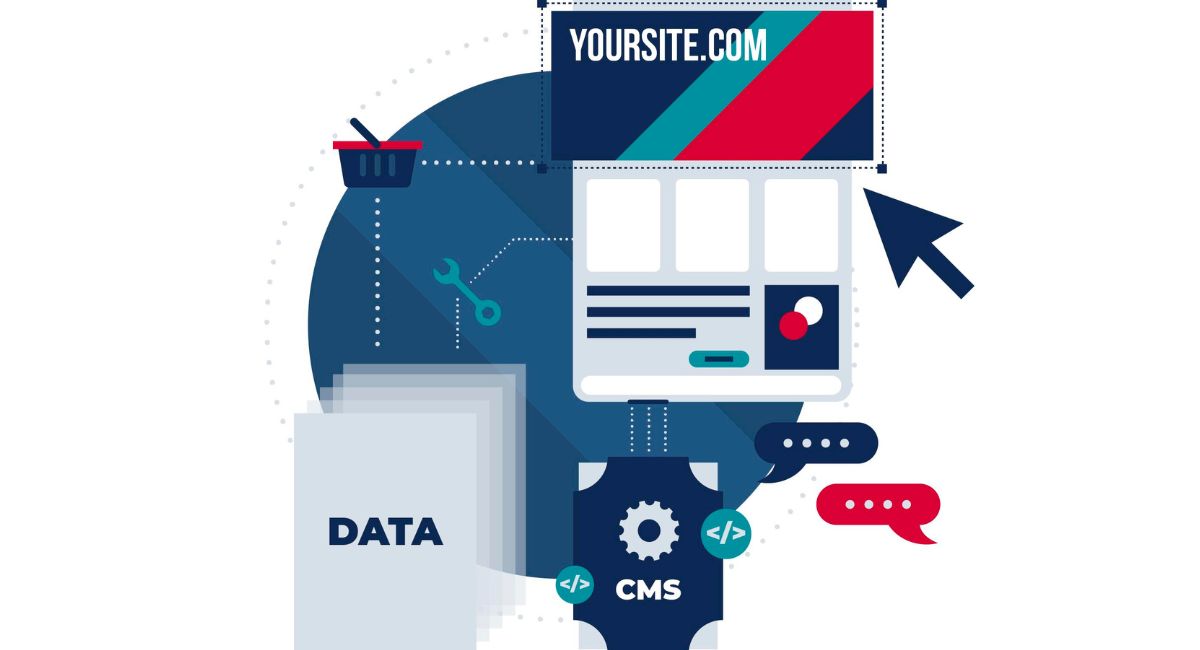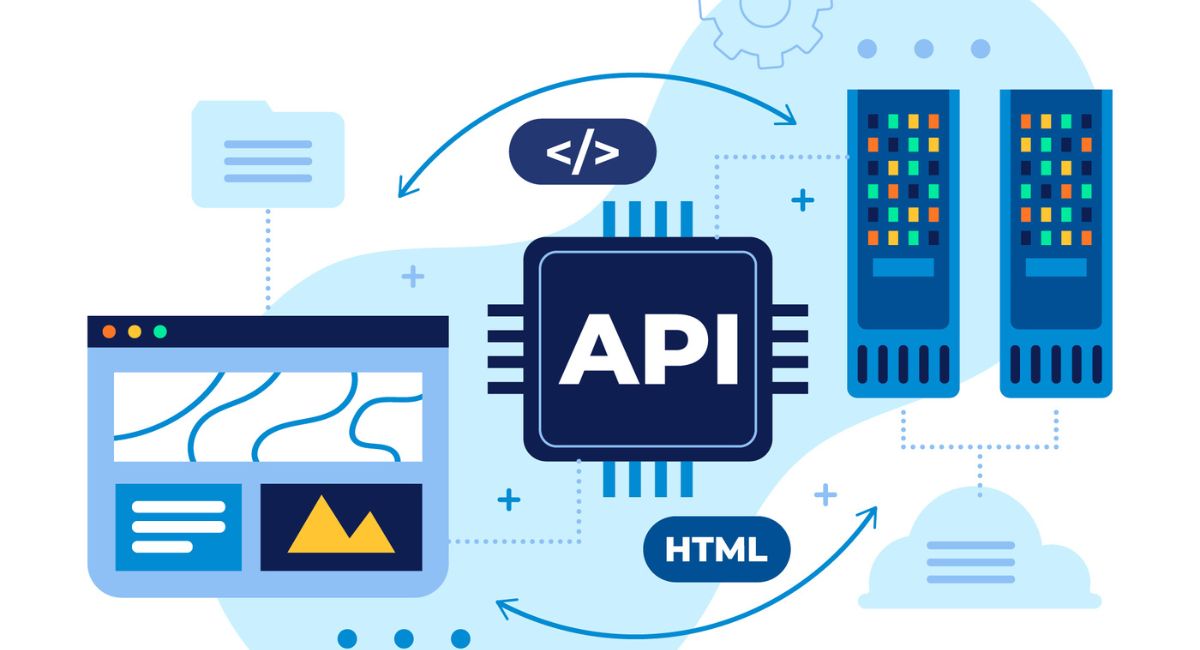Top Use Cases for Drupal Layout Builder in Modern Web Development

Strong 8k brings an ultra-HD IPTV experience to your living room and your pocket.
In the evolving landscape of digital experiences, Drupal Layout Builder has emerged as a game-changing tool for developers, designers, and content editors. It simplifies the process of designing flexible, responsive, and component-based layouts without relying heavily on custom code. Since its introduction in Drupal 8.5 and subsequent stabilization in Drupal 8.7, Layout Builder has become a core feature of modern Drupal backend development.
This article explores the top use cases of Drupal Layout Builder in contemporary web development projects, demonstrating how it boosts productivity, enhances design flexibility, and integrates seamlessly with other tools like Drupal Elasticsearch and essential Drupal contributed modules.
1. Drag-and-Drop Page Design for Marketing Teams
One of the most valuable features of Drupal Layout Builder is its intuitive drag-and-drop interface. Non-technical content editors can build landing pages, promotional sections, or custom content layouts with minimal training. This means that marketers no longer need to wait for developer support for layout changes, speeding up campaign execution and A/B testing.
Use Case:
A marketing team launching a new product line can create a custom promotional page with images, text blocks, videos, and CTAs — all using reusable components.
Benefits:
Increased autonomy for marketing teams
Reduced developer workload
Faster content deployment cycles
2. Building Reusable Content Components
Consistency is key to branding, and reusable content components help maintain that consistency across pages. Layout Builder enables developers to define reusable layout sections, such as hero banners, testimonial carousels, or feature grids, which editors can place anywhere on the site.
For example, in a reusable component strategy, a design system might include:
A call-to-action block
Feature highlights
FAQ sections
Newsletter subscription form
By using Layout Builder’s section templates, developers can ensure that each component adheres to brand standards while still offering editors layout flexibility.
3. Custom Landing Pages for Campaigns and Events
Businesses often need tailored landing pages for digital campaigns, events, or product launches. Drupal Layout Builder empowers content teams to build these pages quickly by combining structured content with flexible layout regions.
With Layout Builder, editors can:
Add different content blocks (text, images, video embeds)
Modify the layout structure (columns, sections, background styling)
Customize each section without affecting the content type structure
Use Case:
A higher education website using Drupal wants to promote open day events. Layout Builder allows the admissions team to create visually rich landing pages showcasing schedules, campus maps, testimonial videos, and registration forms — all without dev input.
4. Personalized Layouts for Authenticated Users
Modern websites often cater to varied user personas. Layout Builder can be extended to display different layouts based on user roles or conditions using contributed modules and customization techniques. This enables content teams to tailor content presentation for different user types — such as guests, registered users, or premium subscribers.
Use Case:
An e-learning platform uses Layout Builder to show different homepage blocks to guest users (free courses) and logged-in students (ongoing course modules, achievements).
5. Enhancing Content Workflow with Revisions and Previews
Another compelling use case is layout revisions. Layout Builder integrates well with Drupal’s content moderation and workflow system, allowing editors to:
Save layout changes as drafts
Preview changes before publishing
Track revisions for layouts just like content
This is particularly useful in enterprise environments where multiple editors collaborate on content updates. Layout Builder ensures there is version control not only on content but also on how it's visually structured.
6. Combining Layout Builder with Decoupled Frontends
While Layout Builder is traditionally used in monolithic Drupal setups, it can also serve as a powerful content modeling tool in headless or decoupled architectures. The Drupal backend can expose layout configurations via JSON API or GraphQL to frontend frameworks like React, Vue, or Next.js.
Use Case:
A news portal using a decoupled architecture leverages Layout Builder to manage content layout metadata that drives frontend rendering logic in React.
Benefits:
Editors retain layout control even in decoupled setups
Developers can focus on rendering dynamic layouts based on backend-defined sections
Enhanced performance and scalability
7. Improved SEO and Accessibility with Structured Layouts
Layouts created with Layout Builder follow Drupal’s theming and rendering systems, making them SEO and accessibility-friendly. When used with semantic markup and best practices, these layouts contribute to:
Better indexing by search engines
Improved performance scores in tools like Lighthouse
Enhanced user experiences for screen readers
Combine Layout Builder with modules like Schema.org Metatag and Linkit to add structured data and improve link usability across layouts.
8. Enhanced Search Experience with Layout Builder and Elasticsearch
Layout Builder can be used alongside advanced search solutions like Drupal Elasticsearch. Editors can place search result blocks, filters, or facet blocks in strategic layout sections to enhance the user journey.
Use Case:
An e-commerce site built with Drupal allows editors to create customized category pages where the search results (powered by Elasticsearch) are displayed within Layout Builder blocks.
Benefits:
Tailored search interfaces per category or user role
Advanced filtering without writing custom code
Full control over layout of search results
9. Multilingual and Multi-Site Layout Management
For global organizations managing multiple sites and languages, Layout Builder supports multilingual setups and can be integrated into multi-site platforms. Layout templates can be reused across language versions while supporting translation workflows.
Use Case:
A multinational NGO manages three regional Drupal sites. Using shared Layout Builder templates, they ensure consistent UX while allowing local teams to input translated content.
10. Integration with Drupal Contributed Modules for Extended Functionality
Layout Builder's capabilities can be greatly expanded using Drupal contributed modules. Some popular ones include:
Layout Builder Restrictions: Controls which sections or blocks editors can use
Layout Builder Modal: Adds modal dialogs for better UX
Layout Builder Asymmetric Translation: Handles translated layouts independently
Bootstrap Layout Builder: Integrates Bootstrap grid system into layout building
These modules enhance the layout editing experience while introducing constraints, automation, or visual improvements tailored to business needs.
Conclusion
Drupal Layout Builder is no longer just an experimental feature — it is central to the modern Drupal content architecture. From marketing campaign pages to decoupled site layouts, it empowers organizations to streamline workflows, speed up time-to-market, and create compelling digital experiences.
By integrating with the Drupal backend, Drupal Elasticsearch, and Drupal contributed modules, Layout Builder becomes even more powerful in modern web development.
If you're planning your next digital project with Drupal, embracing Layout Builder can give your team a strong edge in both creativity and efficiency.
Note: IndiBlogHub features both user-submitted and editorial content. We do not verify third-party contributions. Read our Disclaimer and Privacy Policyfor details.







